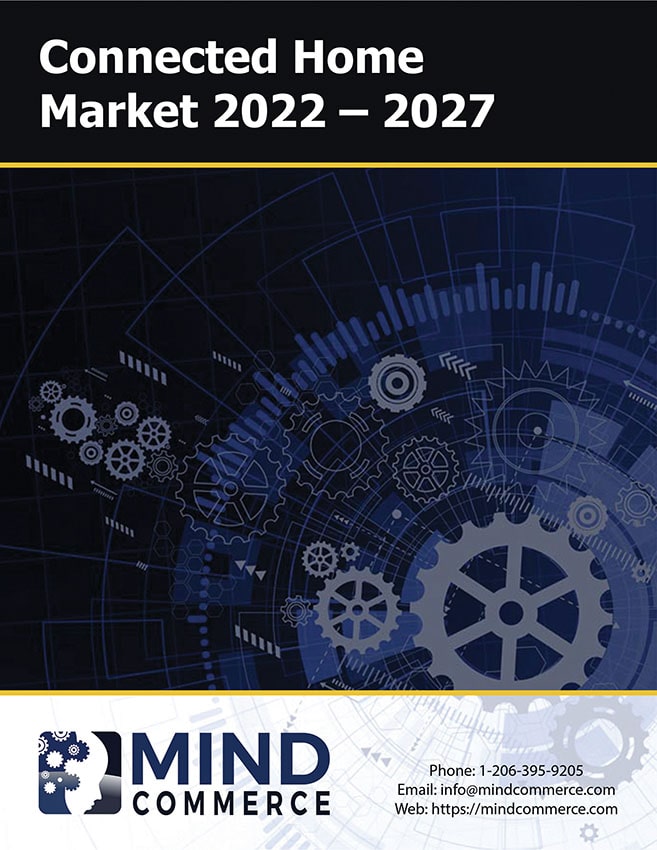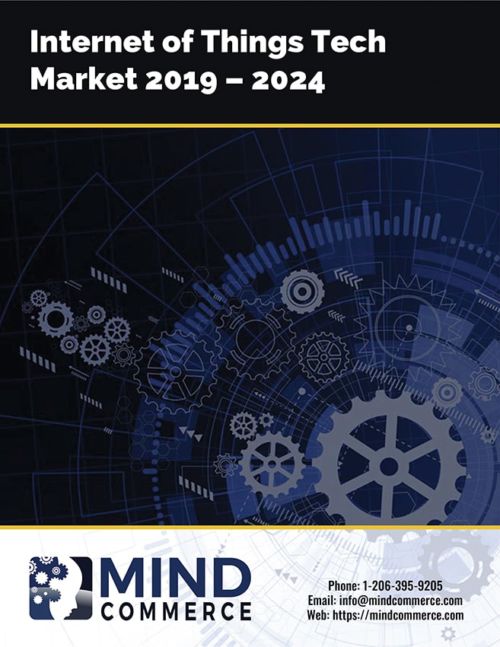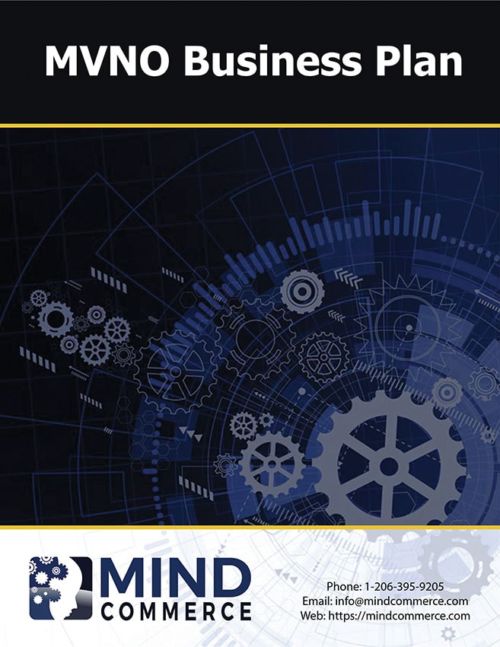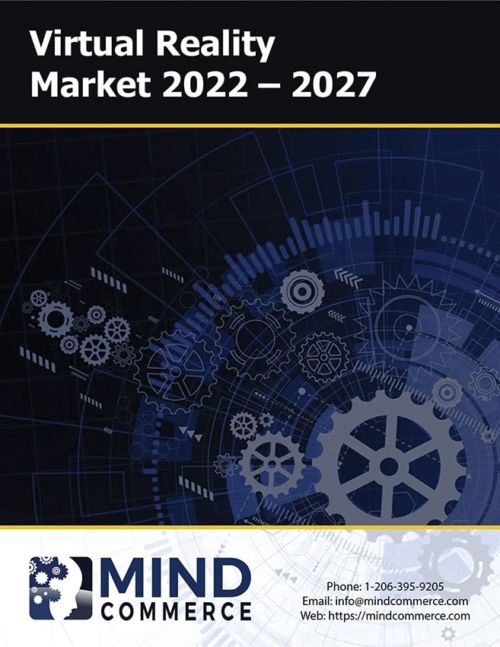Description
The definition of a smart home was once relegated solely to home automation as defined by residences equipped with special capabilities that enable residents to remotely control an array of home electronic devices. This includes controlling many different home components such as lighting, appliances, entertainment, security, and more. However, the notion of the smart, connected home is evolving as supporting technologies evolves, providing solutions for greater intelligence, connectivity, and control. Th connected home market is becoming the focal point of virtually all consumer electronics and appliances as well as a point of interface for other consumer durable goods such as automobiles.
Connected Home Market Dynamics
The connected homes marketplace has been slow, but steady, building a firm base of support towards a projected high growth trajectory starting in 2021. In fact, consumer perceptions have evolved over the last two years towards the expectations that apartments, condos, and newly constructed detached homes should be “move-in-ready” with respect to connectivity. This equates to pre-wired Ethernet as well as some type of gateway device, such as a wireless broadband router, which is relied upon for connectivity outside the home via the Internet. Various local area wireless technologies are employed for device-to-device and device to controller communications. In addition, especially the older generation is appreciative of pre-established smart home devices ranging from smart plugs to Virtual Personal Assistants (VPA) that enable an ambient user experience for applications and services via a voice based control interface.
The connected home market is also become much more robust with the integration of various artificial intelligence (AI) technologies. Mind Commerce sees the evolution of smart speakers for consumer markets and intelligent agent solutions for the business segment aligning closely with the evolution of AI and Internet of Things (IoT) technologies in general. For example, the virtual personal assistant market is anticipated to hit a high-growth inflection point as open source software and APIs become available for application development.
AI engines behind leading smart home VPAs are rapidly improving, which includes a more conversational intelligence. As the interface between humans and computers evolves from an “operational” interface (Websites and traditional Apps) to an increasingly more “conversational” interface expectations about how humans communicate, consume content, use apps, and engage in commerce will change dramatically. Mind Commerce has seen this in many instances as part of our Artificial Intelligence of Things (AIoT) research practice focused on how AIoT market solutions are being deployed to achieve more efficient IoT operations, improve human-machine interactions and enhance data management and analytics.
Many AIoT applications are currently retail product oriented and often focus on the implementation of cognitive computing in consumer appliances and smart home devices. For example, smart home technology would be considered a part of AIoT as smart appliances learn through human interaction and response. AIoT is transformational and mutually beneficial for solutions that involve both technologies as AI adds value to IoT through machine learning capabilities and IoT adds value to AI through connectivity, signaling and data exchange.
In terms of general consumer value perception, a large portion of the overall population remains reticent towards seeking help with smart home device configuration and integration. Part of this is due to unwillingness to install/operate and part of it is due to security and privacy concerns, which are only reinforced by high profile connected home security breaches such as the one that recently was caused by a company that apparently mis-configured an Internet-facing database without a password.
Entertainment, Information and Remote Work Needs are Driving Innovation in the Connected Home Market
These connected home market shortcomings and concerns are in contrast to the millennial and younger market segments that are completely accepting of a more DIY approach. The 16 to 25 year old category is both particularly adept at smart home implementation and operation, yet often lacks the funds for more than basic connected home gear such as a smart speaker. For the younger demographic cost concerns outweigh other issues such as perceived privacy and security risks. Comparatively speaking, the baby boomer generation has relatively low interest and unwillingness to recognize the potential value of connected home app considering the trouble to set up and perceived usage risks.
Despite these challenges, the connected home market is gaining ground as younger generations build their purchasing power and as older generations change homes into dwellings with built-in capabilities. In addition, major industry growth inhibitors, such as gateway interoperability, lack of true device plug-and-play, and concerns over privacy and security (and lack of communication to end-users about policies, procedures, and data-safe devices/ systems), are rapidly vanishing as the consumer electronics industry is eliminating roadblocks to consumer acceptance.
The connected home market ecosystem is also benefiting as it rapidly expands beyond merely connected entertainment (TV, Receiver, DVD Recorder, Media Player, Gaming Consoles) to include many aspects of the connected device market such as home and office equipment (Printer, VoIP Phone, etc.), personal consumer electronics (Wireless IP Camera, Smartphone, Tablet, Portable Media Players, Navigation Devices, etc.), energy management (Temperature, Lighting, Heating and Air Conditioning), safety, and smart consumer appliances (Washing Machine, Refrigerator, etc.), and more.
Longer term, Mind Commerce sees the combined connected home market and smart appliance marketplace as transformation for consumer lifestyles. Tasks that were purely drudgery in the past are becoming much easier, and in some cases, actually engaging and fun as appliances also act as information and entertainment conduits by way of connected home solutions. In addition, major home appliances are increasingly becoming much easier to maintain and replace as the cloud-based “as a service” model transforms products into easy to use and informative services. We see this combined market as one that will help push the older generations towards an increasingly more connected home.
Connected Home Market Report
This report assesses the connected home market, including major industry players, and solutions. The role of AI, IoT, and supporting technologies is evaluated with analysis of current market inhibitors and solutions. This report evaluates the connected home market by Technology (AI, Data Analytics, and IoT), Computing Type (Core Cloud and Edge), Service Provider (MNO and OTT), Application Type (Entertainment, Security, Energy, and Smart Vehicle Integrated), User Interface (Smart Speakers and Phones), Connection Type, Communication Interface, Deployment Type, and Region. The report evaluates both the DIY and managed service market including device installation and configuration, provisioning, access control, monitoring, and more.
The report includes analysis of immersive and interactive solutions including the use of virtual reality based gaming and video watching as well as interfaces and equipment used including virtual controllers, gesture and motion sensors. The report also evaluates smart vehicle integrated applications including voice assistance, home configuration, emergency alerts, synchronization, and more. The report provides market forecasts for major market segments, sub-segments, and regional expectations for the period 2022 through 2027.
One of the lessons learned from the COVID-19 pandemic is that the smart home has become an extension of the smart workplace for many workers. Mind Commerce sees integration between business communications and collaboration solutions and smart home technologies as a high growth area for application developers and systems integrators. We believe this trend will provide a substantial boost for stand-alone applications as well as pre-integrated and do-it-yourself (DIY) solutions.






